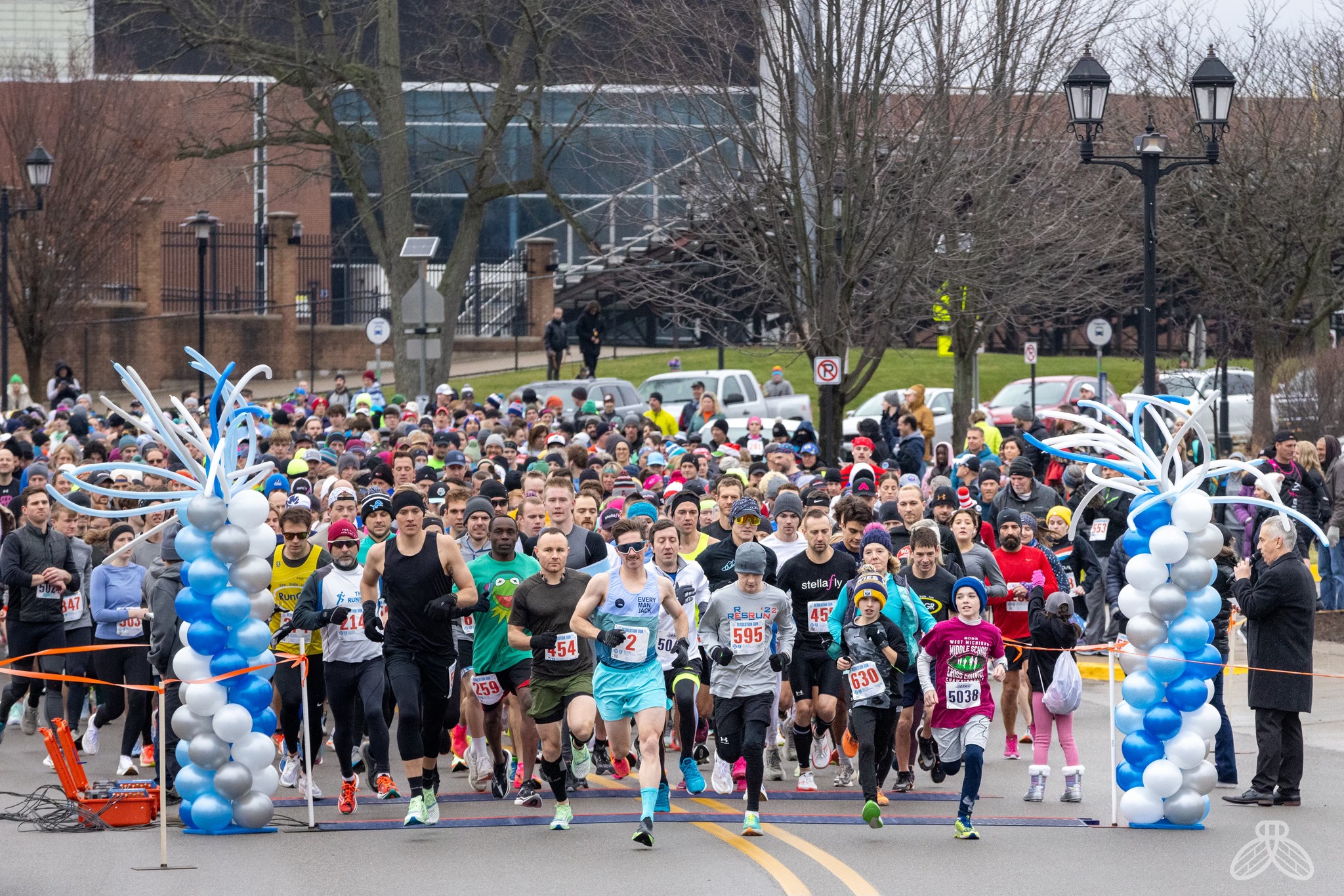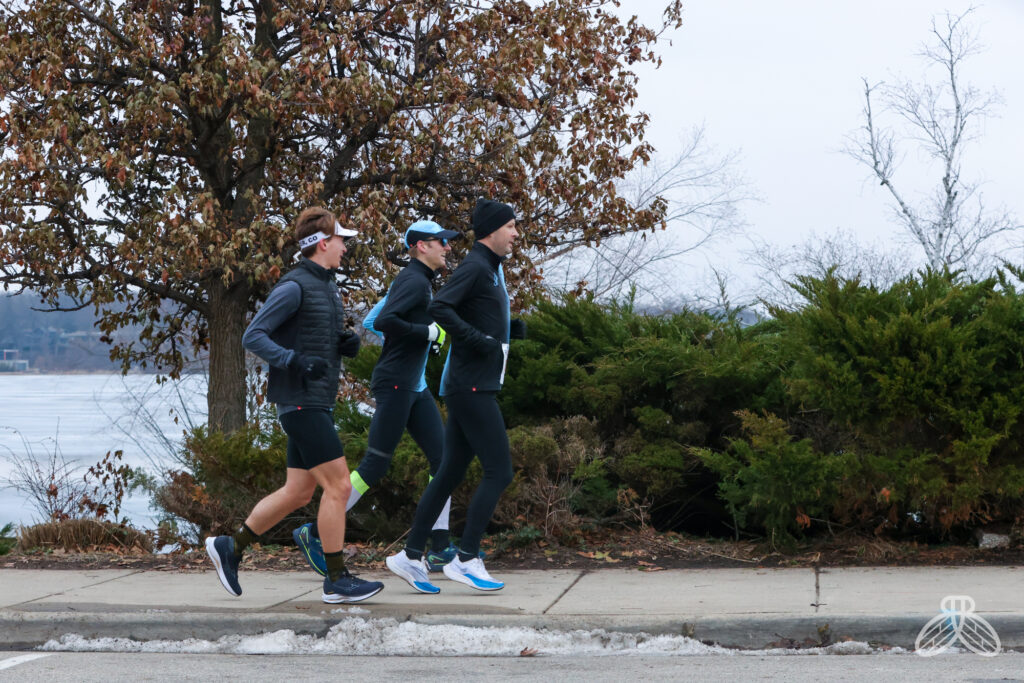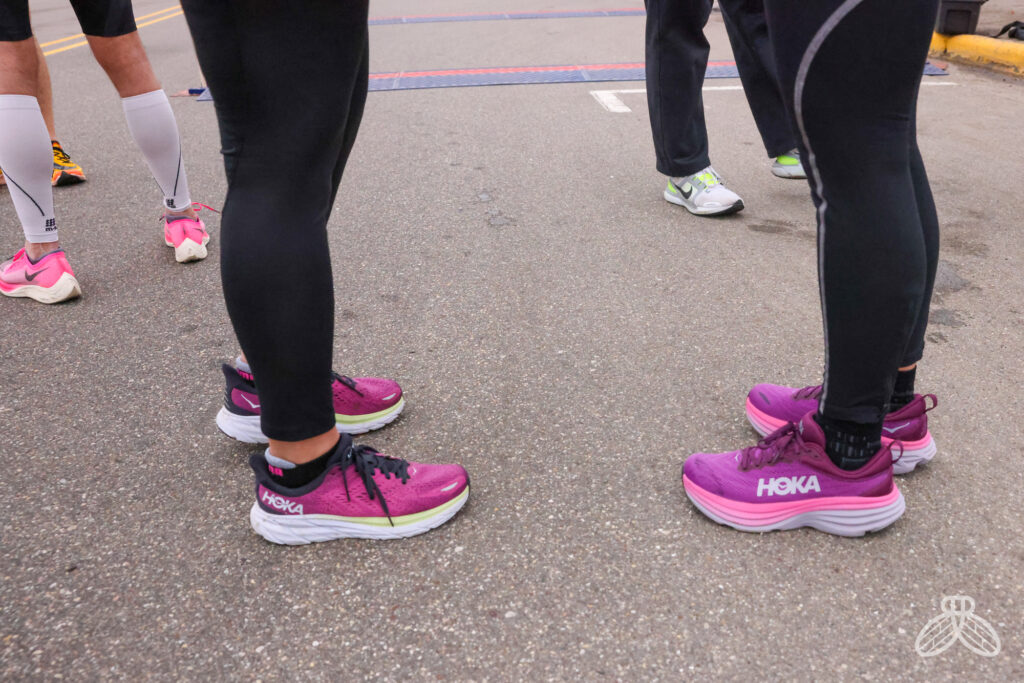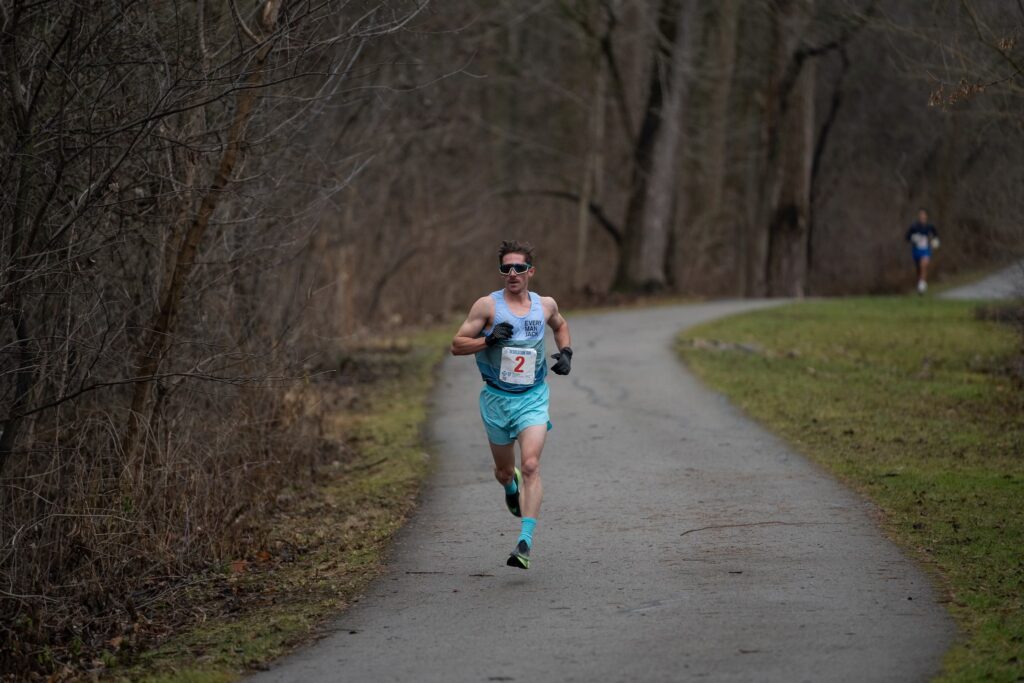
28 Feb On With the Shoe
 BY DR. ED KORNOELJE, DO, SPORTS MEDICINE, UNIVERSITY OF MICHIGAN HEALTH – WEST
BY DR. ED KORNOELJE, DO, SPORTS MEDICINE, UNIVERSITY OF MICHIGAN HEALTH – WEST
In case we haven’t met, I’m Dr K from UMHWest, a proud sponsor of Team Stellafly. Why are we a sponsor? Because our mission is to keep people moving. If you are not moving the way you want to (or at all right now) call 616-252-7778 and schedule an appointment. Or find out more at www.umhwest.org . Our team is ready to help your team! Now a little info on shoes—I hope you find it helpful.
There are a lot of new foams out there—what is the science behind this part of the shoe and what does it mean for you?
One of the benefits of attending the World Championships a few summers ago was attending the medical conference that occurred as part of the event. Sports med physicians and scientists from around the world gave updates on various topics. Some revolved around the coverage of triathlons and other endurance events (good news—the sports med team at U of M Health-West is right on track with the rest of the world in event coverage) and wearable devices (still a lot of work to be done here), but one talk in particular interested me—”Evolution of Running and Injury Risk.” As a runner and a physician who takes care of runners and triathletes, this one was right up my alley. The focus of this particular lecture had to do with running shoes and how they may affect foot strike—the heel versus midfoot force discussion. I have written about this before, but the basic premise is that heel strikers have two points of impact (the heel then the rest of the foot) and the midfoot strikers only one. The first impact for the heel striker is quite forceful (forceplate data does show this), and the thought is that it is this first strike that is the cause of injuries—stress fractures, tendonitis…. There is some evidence that this may be true (more work needs to be done), and there is some evidence that those who run barefoot or in minimal shoes are more likely to midfoot strike, thus lowering the chance of injury. Therefore, some would say, the highly cushioned shoes that are purported to lower injury risk actually increase it. Whew—did you get all that?

But I was not convinced—the science here did not seem complete to me. Then I saw this article from Outside Magazine: “Untangling Running’s Shoe Cushioning Paradox.” Yes, it is from one of my favorite writers Alex Hutchinson and these questions from the first paragraph were the questions I (and hopefully you) have: “Does the cushioning in your trainers protect you from shin splints, stress fractures, and other impact-linked running injuries? Or, as the barefoot runners insisted during their brief ascendency a decade ago, is it the cause of such injuries?” A study from the European Journal of Sports Science by Laurent Malisoux of the Luxembourg Institute of Health has started to answer running shoe questions in a novel way—building shoes that look that same but are put together differently. One of the problems with shoe studies is that when asked how a shoe feels or performs, how it looks may affect how you think it feels. They created shoes that look the same, but differ in one technical detail. Neither the runner nor the researcher knows which shoe is which—a blind study which strengthens the findings. The most recent study looked at shoe cushioning—soft versus hard. Initial results from 2020 showed two things: the runners were 52% more likely to develop injuries in the firmer shoe, but had greater peak impact forces in the soft shoe. Huh?
They dug a little deeper into the data and found this: timing matters. The two impacts noted above are first the lower leg decelerating and second the rest of the body. Again—the first impact is thought to be the injury spike, and the impact that seems to be greater in the soft shoes. But the softer shoes actually slow down the first jolt, spreading it over a longer period of time, causing it to overlap with the second force curve, making it look bigger. More digging into the data showed the spike was smaller in softer shoes—the cushioning works.

photo: Ryan Velting
So that must be better, right—cushioned shoes better than minimal? Turns out both can work. If you are a midfoot striker, your initial impact peak is delayed and spread over a longer period of time as well—cushioned shoe benefit without the cushioned shoe. As the article states—“there isn’t one right answer. You can pick your path.” It also notes another precept of mine: “stick with whatever you’re running in if you are happy with it.” It goes on to say “consider alternating between styles to vary the stress on your body.” And if you do want to try something different “think carefully about why you’re changing, try several different designs, and take your time making the transition.” Malisoux’s final words of advice: “Each runner is unique, and the shoe that works well for your friend may not fit your foot.” Do what works for you!
Thanks for reading and reach out if you have any questions or need a little help—that’s what we are here for!